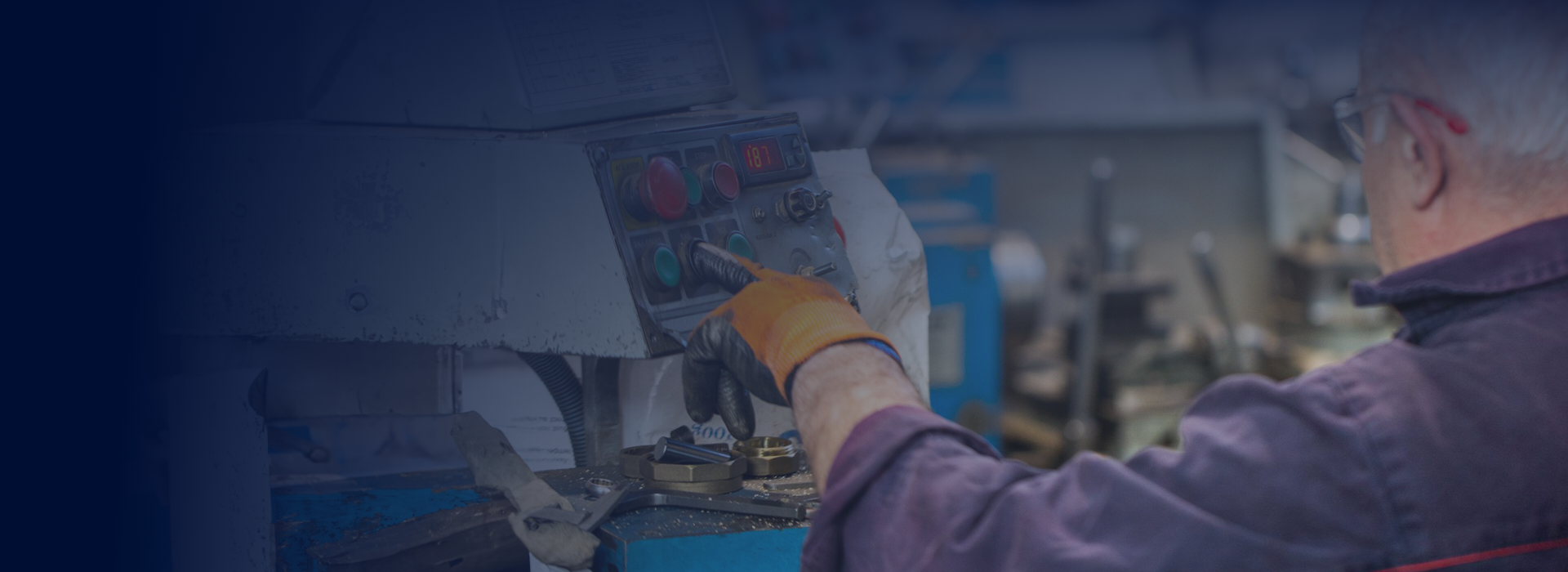Quality inspection is paramount to ensure that products manufactured meet accepted quality and safety standards. In this article, we looked at quality inspections carried out at the beginning of the manufacturing process. Let’s now look at the type of inspection that you as the manufacturer or accepting customer can order as the final check in the manufacturing process – that last pre-shipment inspection of the product before it leaves the factory for delivery to the customer. This test is known as the Factory Acceptance Test or FAT.
In this comprehensive guide, we’ll explore what the Factory Acceptance Test is, its importance, provide a checklist of what it entails and explain why it’s conducted on the manufacturer’s site.
What Is the Factory Acceptance Test?
The Factory Acceptance Test (FAT) is a rigorous evaluation conducted on equipment or machinery to ensure that it meets predefined specifications and performs as intended before it is shipped to the customer. Essentially, it’s a final quality assurance step before the product leaves the factory floor.
Why is the Factory Acceptance Test (FAT) Important?
The FAT serves as a critical quality control measure, providing assurance to both manufacturers and customers that the product meets expectations. By conducting an FAT, you can identify and address any issues or defects before the product reaches the customer, minimising the risk of costly rework, delays, or customer dissatisfaction.
What Factory Acceptance Test Standards Do We Check For?
Specific standards may vary depending on the industry and product type and we are familiar with all that apply. Common standards include ISO 9001 for quality management systems and ASTM or ASME standards for mechanical equipment. Industry-specific standards and regulations like FDA regulations for medical devices or ASME B31.3 for piping systems may also apply. Our role is to ensure that the relevant standards are met before your product leaves your factory.
Factory Acceptance Test Protocol
The Factory Acceptance Test Protocol outlines the procedures and requirements for conducting the test. It typically includes:
- Test plan: This is a detailed plan outlining the tests to be conducted, including acceptance criteria and performance standards.
- Test procedures: This provides step-by-step instructions for conducting each test, including equipment set-up, data collection and evaluation criteria.
- Test documentation: This provides comprehensive documentation of test results, including test reports, certificates and any deviations from specifications.
Factory Acceptance Test Checklist
When we conduct a Factory Acceptance Test, we typically follow the following checklist:
- Verification of Specifications: We ensure that the product meets all agreed-upon specifications outlined in the contract or purchase order. This includes verifying dimensions, materials, performance parameters, and any other technical requirements specified by the customer.
- Functional Testing: We conduct thorough functional tests to verify that the product operates as intended under normal operating conditions. We test all functionalities, modes of operation and performance capabilities according to the product’s specifications. We also perform stress testing or endurance testing to assess the product’s performance under extreme conditions or prolonged use.
- Safety Checks: We verify that the product complies with all relevant safety standards and regulations applicable to its intended use, testing features such as emergency stops, overload protection, interlocks and fail-safe mechanisms. We also ensure that warning labels, safety instructions and user manuals are provided and are clearly visible.
- Documentation Review: We review all documentation related to the product, including operation manuals, maintenance instructions, test reports and certificates of compliance, verifying that documentation is complete and accurate and that all necessary revisions and updates have been incorporated.
- Packaging Inspection: We inspect the packaging to ensure that it will protect the product during transportation and handling. To ascertain this, we check for any signs of damage, or improper sealing that could compromise the integrity of the packaging and that packaging materials are correctly positioned to prevent movement or vibration during transit.
- Calibration and Measurement: We calibrate all measurement instruments and test equipment used during the FAT to ensure accuracy and reliability of test results. We also check that all measurement data is recorded accurately and meets established calibration standards.
- Operational Training: Our assurance of standards goes beyond the manufacturer’s responsibilities. We also provide training to the customer’s staff so that they can properly operate and maintain the product and can troubleshoot when needed. We demonstrate key features, functions and operating procedures to ensure that they are familiar with the product’s operation and safety precautions and we address any questions or concerns raised by the customer regarding product operation, maintenance or performance.
- Customer Acceptance: The final stage of the Factory Acceptance Test is to obtain formal acceptance from the customer confirming that the product meets their requirements and expectations. We ensure that customer acceptance is documented in writing, including any conditions or reservations expressed by the customer. We address any outstanding issues or concerns identified during the FAT to ensure customer satisfaction and compliance with contractual obligations.
- By following a comprehensive Factory Acceptance Test checklist, you as the manufacturer can be assured that your products meet quality standards, performance specifications and customer expectations before they are delivered to the customer.
Why Do We Perform FAT on the Manufacturer’s Site and Not the Customer’s?
Conducting the FAT on the manufacturer’s site offers several advantages. We have access to all necessary equipment, tools and personnel to conduct thorough testing and can provide immediate resolution to any issues uncovered. Having access to the right equipment ensures that all aspects of the product’s performance can be evaluated comprehensively, from functionality and reliability to safety and durability. Manufacturers can customise testing set-ups and configurations as needed to simulate real-world operating conditions and assess the product’s performance under various scenarios. With their skilled personnel on site, we can identify and diagnose issues more effectively during the testing process and gain valuable insights and recommendations for optimising the product’s performance and addressing any deficiencies uncovered during testing.
One of the most significant advantages of conducting the FAT on the manufacturer’s site is the ability to provide immediate resolution to any issues or defects uncovered during testing. Whether it involves troubleshooting technical problems, fine-tuning performance parameters, or implementing design modifications, manufacturers can take swift corrective action to ensure that the product meets all specified requirements and quality standards.
This proactive approach not only accelerates the testing process but also instils confidence in the product’s reliability and performance, demonstrating the manufacturer’s commitment to delivering a high-quality product that meets customer expectations.
So, whether you are a manufacturer seeking the final confirmation that your product meets the required standards before it leaves your factory, or you are the customer needing this verification before accepting delivery of the goods, Global Inspection Managing can support you in conducting the Factory Acceptance Test. Contact us today to find out more.

